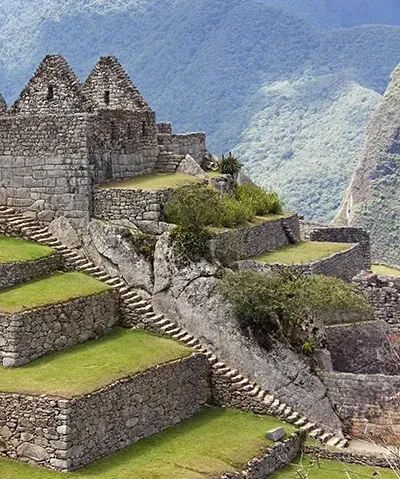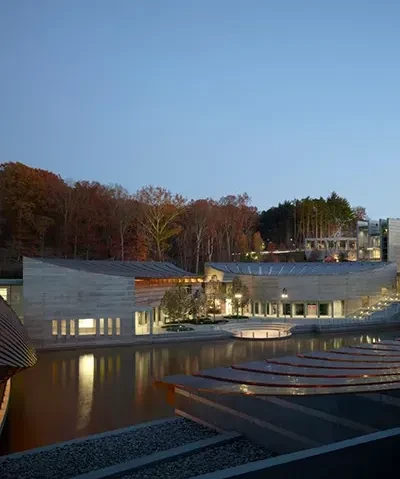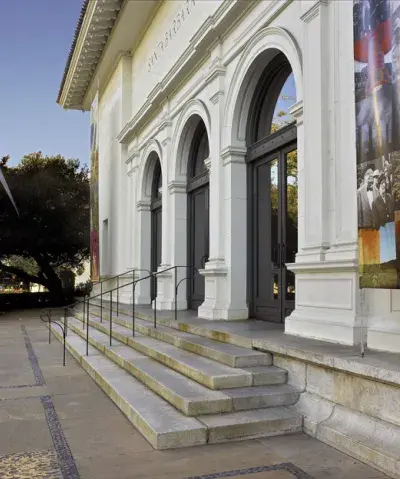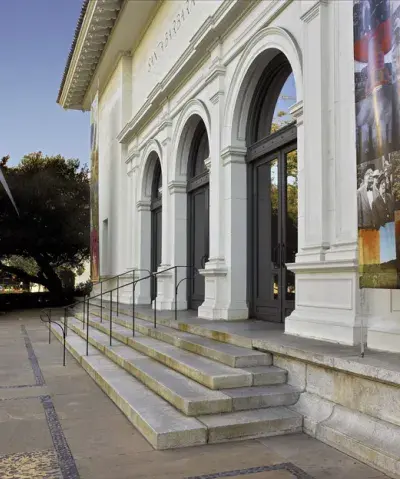Piranesi: Architecture of the Imagination
Piranesi: Architecture of the Imagination, a selection of etchings by Venetian-born printmaker Giovanni Battista Piranesi (1720–1778), from the Santa Barbara Museum of Art’s collection is currently on view in the Ridley-Tree Gallery. Piranesi, a printmaker, architect, and antiquarian, produced thousands of printed books and participated in archaeological excavations. Through fantastical sweeping vistas and soaring spaces, Piranesi sought to create an affective experience that would strike awe and admiration into antiquarians and intellectuals around Europe. The awe-inspiring nature of Piranesi’s sublime structures aided in attracting travelers to the Grand Tour, a pilgrimage to see famous classical antiquities in person popular among 18th-century European intellectuals. Piranesi did not draw entirely from the caprices of his imagination, however, but often manipulated real landscapes, represented unreal structures based on existing architecture, or drew from his experience with set design in the theater. Piranesi saw his imaginative structures as a way to argue for the superiority of ancient Rome over all other architectural eras and restore Rome to its former glory.
- Galleries:Ridley-Tree,
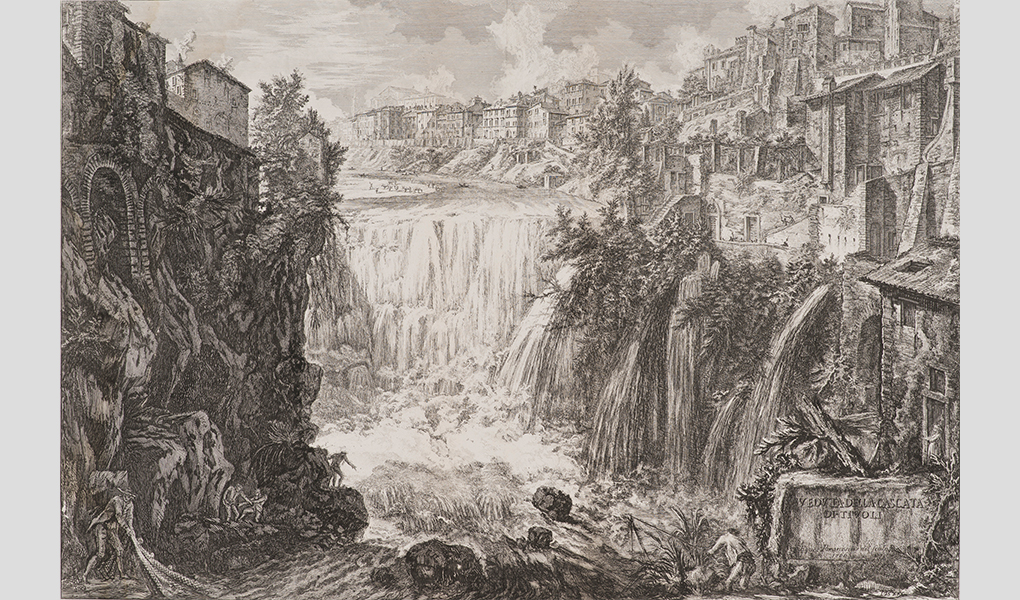
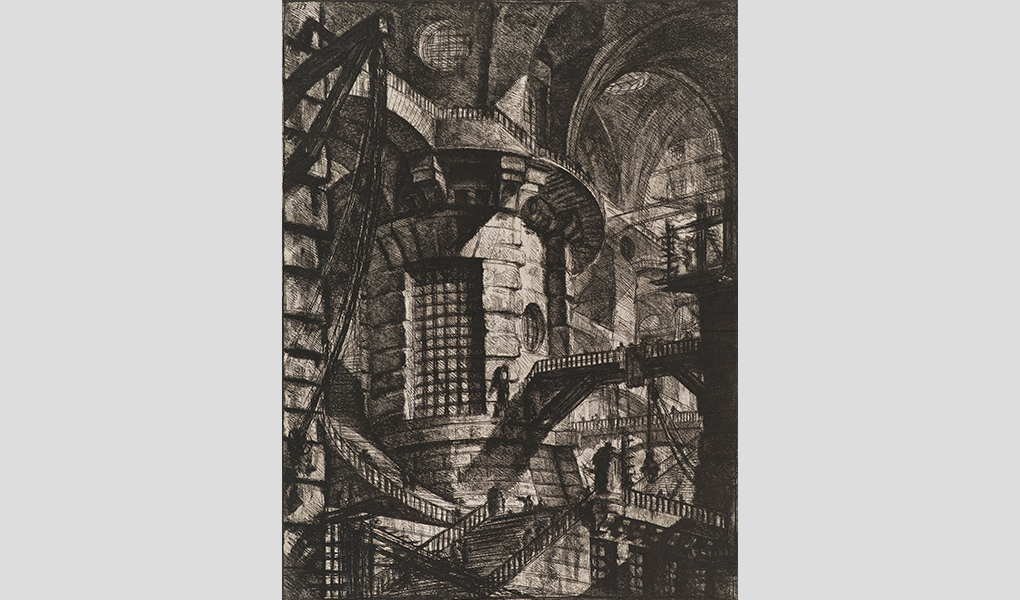
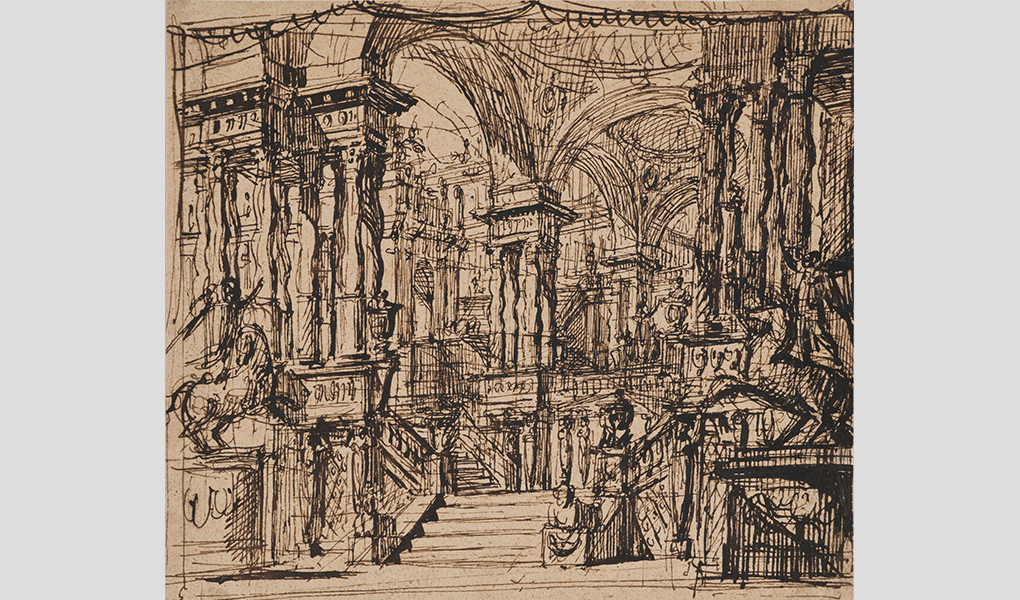
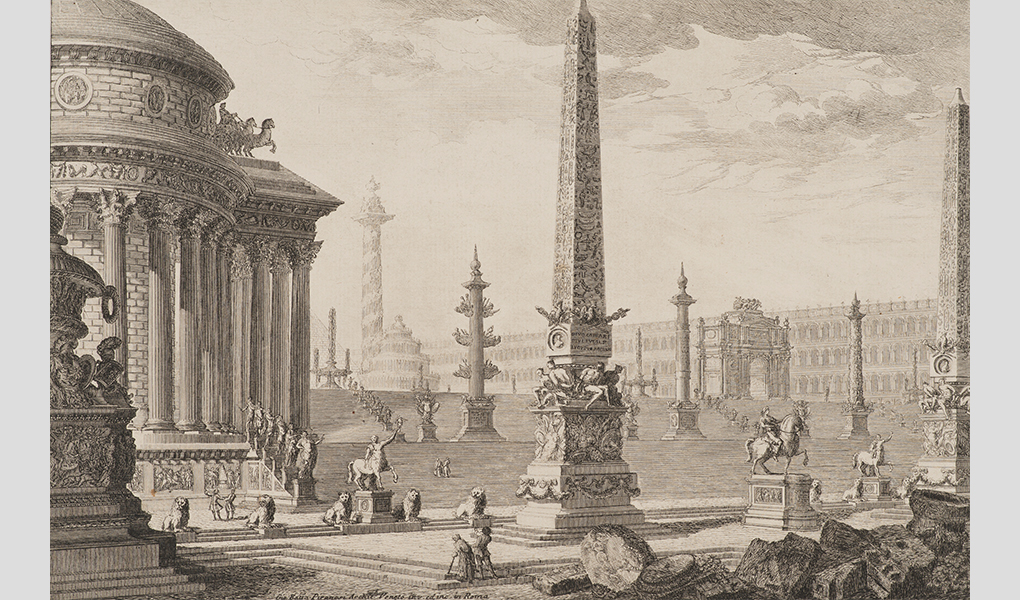

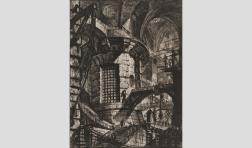
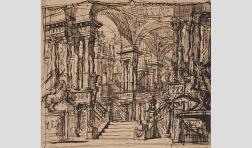
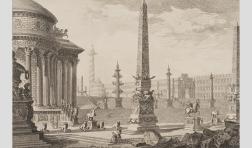
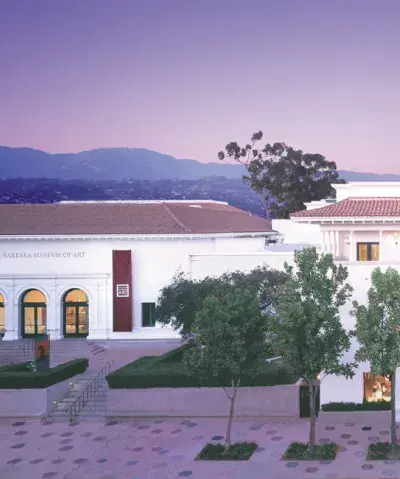



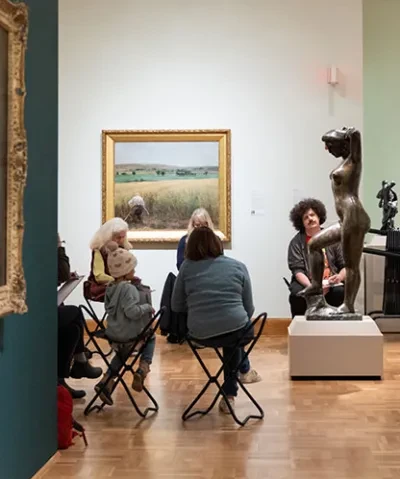


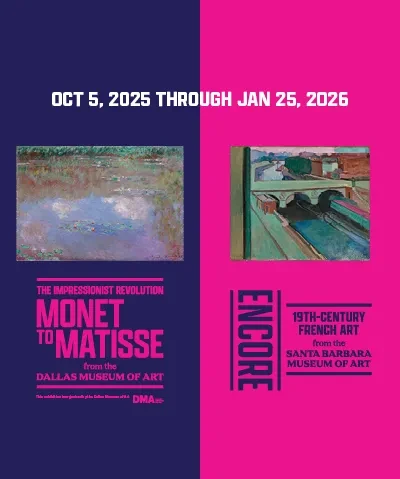
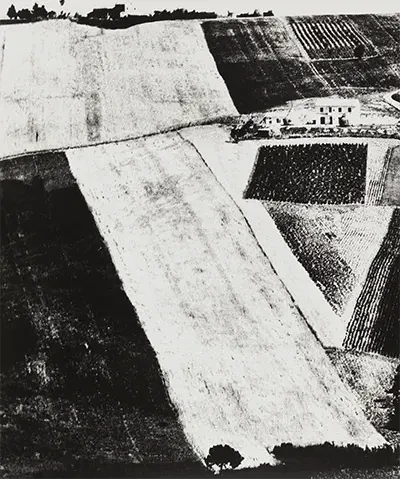




![memberseve[1]](https://www.sbma.net/sites/default/files/styles/menu_thumbnail_400_480/public/menu/memberseve%5B1%5D.jpg.webp?itok=hIz01lpc)


